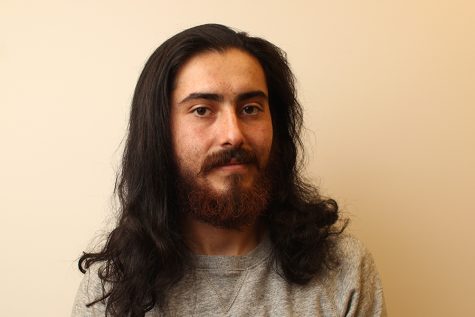Budget cuts hurt teams
Coaches, players still fundraise to supply basic program needs not covered by college operations
Mar 29, 2017
Athletic departments at community colleges are faced with challenges that coaches and students who are, or have been, a part of these programs understand too well.
“In reality there is never enough money,” Contra Costa College Athletic Director John Wade said. “A definite budget is not the reality of athletics.”
Smaller colleges that are funded on an annual basis, based on student headcount by the Chancellor’s Office, face similar problems, Wade said.
“We have students joining our program and our coaches and staff want to support these students,” he said. “Yet we have to fundraise because the college doesn’t have enough to pay for operating expenses, let along trips to tournaments or conference games.”
Since the 1960s, CCC’s athletic department has a history of helping students bolster their academic drives during the first steps on their path to their career goals.
But when the college was faced with a 43 percent cut to its budget in 2003, it became a challenge to pay for basic needs when the athletic department’s operating budget was cut 37.5 percent.
The reduced operating budget, which pays for part-time coaches’ stipends, conference dues, and official’s fees and gas, forced coaches and players to pay for expenses like uniforms, meal money, lodging, cleats or equipment out of their own pockets.
There are about 165 students who are enrolled in CCC’s eight athletic teams, according to the California Community College Athletic Association’s online rosters.
Student-athletes must have a full-time load of courses, 12 units, and maintain a 2.0 GPA to be eligible to play on a team.
Coaches and students, however, still have to fundraise for items no longer covered by the operating budget, 14 years after the 2003 budget cuts.
Merritt College Athletic Director Fred Brown said stringent budgets due to a recovering economy also hurt student-athletes in Oakland, who also have to cover these costs.
And for many students, being on a team isn’t a hobby — it’s a drive.
By pushing their physical limits, students are not just building muscle, but also relieving stress and learning to face challenges.
“I play football because I love it,” liberal arts major Amari Mount said as he served food at the annual Crab Feed fundraiser in the Gymnasium on Saturday.
“I’ve been playing since I was 5 years old,” Mount said. “It’s all passion on the field — you can hit somebody and not get in trouble. But I can use that passion to get an education and future employment.”


